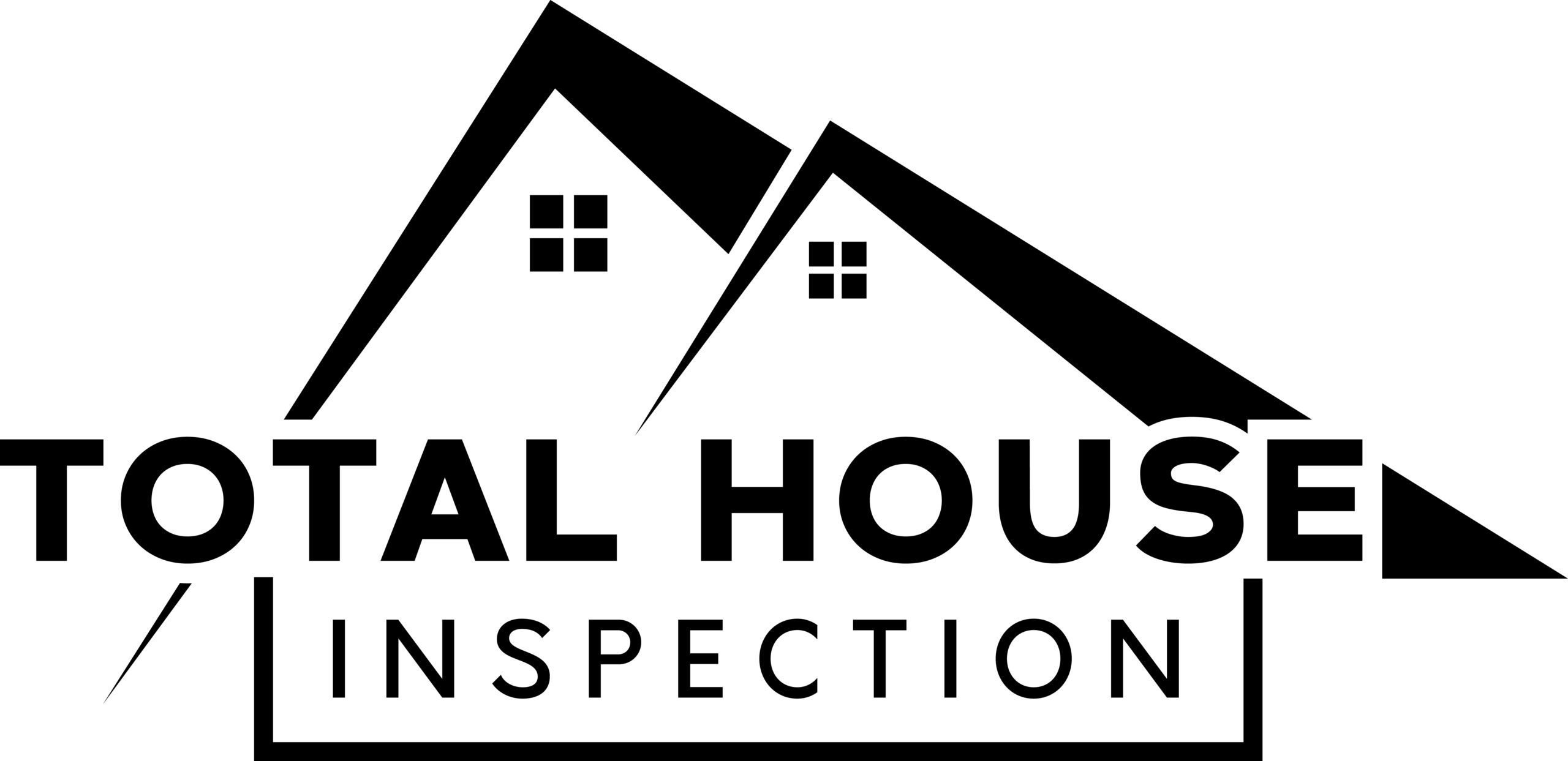Smoke alarm placement

Individual authorities having jurisdiction (AHJs) may have their own requirements for smoke-alarm placement, so homeowners can check with their local building codes if they need specific instructions. The following guidelines, however, can be helpful.
Smoke alarms should be installed in the following locations:
[green_checklist]
on the ceiling or wall outside of each separate sleeping area in the vicinity of bedrooms;
in each bedroom, as most fires occur during sleeping hours;
min the basement, preferably on the ceiling near the basement stairs;
in the garage, due to all the combustible materials commonly stored there;
on the ceiling or on the wall with the top of the detector between 6 to 12 inches from the ceiling;
in each story within a building, including basements and cellars, but not crawlspaces or uninhabited attics.
[/green_checklist]
Smoke alarms should not be installed in the following locations:
[red_checklist]
near heating or air-conditioning supply and return vents;
near a kitchen appliance;
near windows, ceiling fans or bathrooms equipped with a shower or tub;
where ambient conditions, including humidity and temperature, are outside the limits specified by the manufacturer’s instructions;
within unfinished attics or garages, or in other spaces where temperatures can rise or fall beyond the limits set by the manufacturer;
where the mounting surface could become considerably warmer or cooler than the rest of the room, such as an inadequately insulated ceiling below an unfinished attic
in dead-air spots, such as the top of a peaked roof or a ceiling-to-wall corner.
[/red_checklist]
Power and Interconnection
Power for the smoke alarms may be hard-wired directly into the building’s electrical system, or it may come from just a battery. Hard-wired smoke detectors are more reliable because the power source cannot be removed or drained, although they will not function in a power outage. Battery-operated units often fail because the battery can be easily removed, dislodged or drained, although these units can be installed almost anywhere. Older buildings might be restricted to battery-powered designs, while newer homes generally offer more options for power sources. If possible, homeowners should install smoke alarms that are hard-wired with a battery backup, especially during a renovation or remodeling project.
Smoke alarms may also be interconnected so that if one becomes triggered, they all sound in unison. Interconnected smoke alarms are typically connected with a wire, but new technology allows them to be interconnected wirelessly. The National Fire Protection Agency requires that smoke alarms be AFCI-protected.
Other useful tips:
[blue_checklist]
Never disable a smoke alarm. Use the alarm’s silencing feature to stop nuisance or false alarms triggered by cooking smoke or fireplaces.
Test smoke alarms monthly, and replace their batteries at least twice per year. Change the batteries when you change your clocks for Daylight Saving Time.
Most models emit a chirping noise when the batteries are low to alert the homeowner that they need replacement.
Smoke alarms should be replaced when they fail to respond to testing, or every 10 years, whichever is sooner. The radioactive element in ionization smoke alarms will decay beyond usability within 10 years.
Smoke detectors should be replaced if they become damaged or wet, are accidentally painted over, are exposed to fire or grease, or are triggered without apparent cause.
[/blue_checklist]

